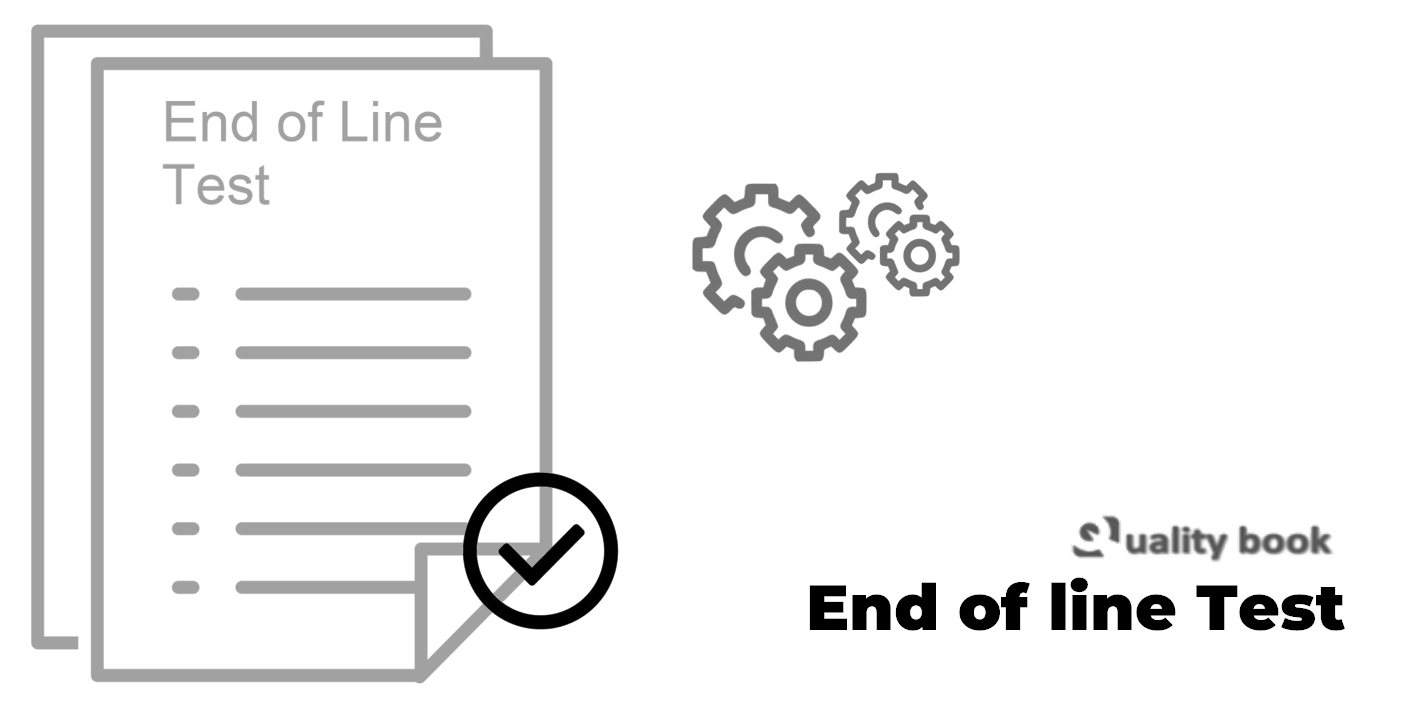End of line test platforms test the manufactured products, by measuring, modelling, stimulation, and validation of functionality.
Every company needs an effective validation of conformance of its products. End-of-line testing systems have been designed to assure, that no defective parts leave the manufacturing lines.
Of course, this is relevant only in case of the measured / inspected characteristics of the product, and if the given characteristics are tested in 100%.
Automotive OEMs and suppliers apply 100% final testing on their lines, with a very broad test coverage, but nowadays this is also common in almost all industry sectors.

Not only the automotive specific IATF 16949 standard, but the basis standard of quality system requirement, ISO 9001 requires product-specific test activities. On top of that, having a successful EOL test platform in the line (or off the line) is very important from the aspect of quality cost, as the test can defend the customer from getting defective parts, and through this, it can reduce warranty costs.
Some examples for test methods and tested characteristics or features in the automotive and consumer electronics industries:
- Electrical function test (e.g. functionality validation of electronic control units, cell phones, etc.).
- Mechanical test (e.g. vehicle engine torque test).
- Acoustic / Sound test (e.g. test of speakers, or noise emission test of an engine).
- Visual test (e.g. automatic optical inspection of color).
- Leakage test (e.g. leakage test, that validates the insulation of a turbo house).
EOL does not mean the test methods per se. Instead, it means a fast-paced real-time control system, with 100% testing of pre-defined functions and characteristics at the end of the line.
End-of-line tests are a major part of quality control.
The following features define an EOL system that meets the expectation of the 21st century:
- Conform to industry-specific standards.
- Fits for purpose (properly selected by the design team, it tests what needs to be tested, with high test coverage).
- Expandable functions and software (modular, and can be upgraded).
- Customer-specific configuration (the same machine is usable from prototype testing to serial production, by extending its features … see previous point).
- Access control with user administration (logs changes, and password protected).
- Reliable (the system’s measurement and stimulation capability is reliable, and it’s diagnostics sub-system trustworthily warns about internal defects or issues).
- As fast as it can be (the cycle time of the test is the least, according to actual technology capabilities).
Such as process modification, modifying test method or test coverage without the customer’s approval is not allowed. Of course you can reduce cycle time by improving, advancing your testing process, but only with keeping the pre-defined and agreed test coverage.
Conclusion
- EOL stands for End-of-Line test. Which is a 100% test of the manufactured product, usually at the end of the line.
- EOL systems usually validate functionality and measure a wide range of product characteristics.
- Testing is requested by ISO 9001.
- EOL does not mean the testing method per se, but the fast-paced, 100% testing of pre-defined functions and characteristics at the end of the line.